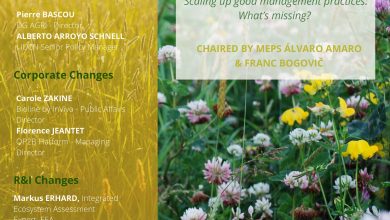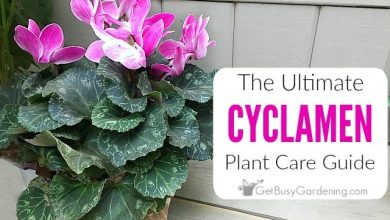Tianze farm: Pick up farm in Taian (China)
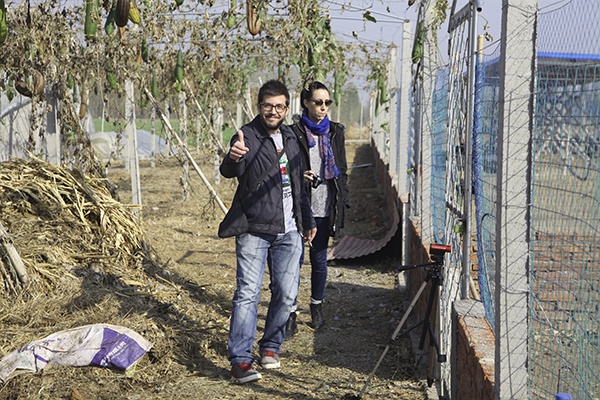
Very good to all Agrohuerters! As Lucía told you in her article on peri-urban agriculture in China, we have already visited several farms that not only grow organic products but also carry out other activities to add value to the space. Well, today I present to you the Tianze farm, a farm that follows the model of pick up farming in Taian.
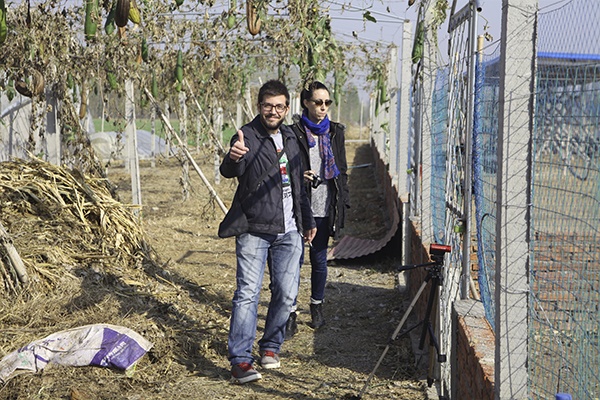
What is pick-up farming?
Pick up farming is a model of agricultural exploitation that is based on direct sales from the bush to the consumer, within the farm itself. As Lucía told you, for about 20 RMB, approximately €3, those interested can visit Tianze farm and collect the organic vegetables they want as well as buy organic animals such as chickens or goats. These organic products are weighed and collected at the end of your visit to Tianze farm, it is something like shopping in a large greengrocer where you make sure that everything is fresh and organic, like a consumer group but at origin.
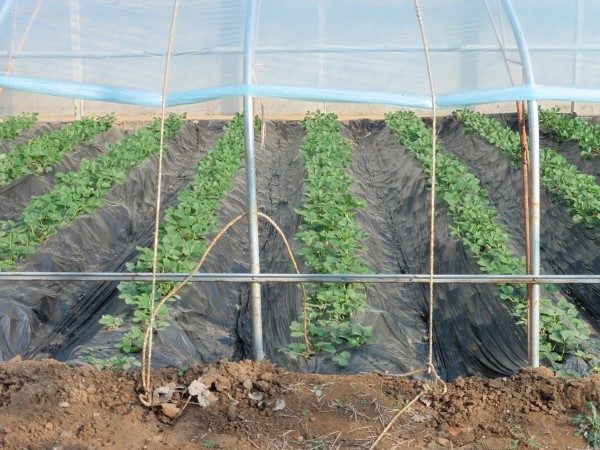
As I have seen, this model of pick up farming, like the one followed by Tianze farm, is very popular in other countries of the world and there are associations formed by farms all over the world that follow the same model and invite those interested to stop by to collect their organic vegetables. At each time of the year the consumer can find different depending on the sowing calendars.
Tianze farm pick up farming
Of the 70 hectares that Tianze farm has, we were able to visit practically 1.5 hectares in which we found about 6 greenhouses, 4 of them in production and a huge chicken coop. I do not have the exact dimensions of the Tianze farm greenhouses, but by eye they would be about 100 meters long by 20 wide. The methods to control pests and diseases within them were ecological, as well as the cultivated species, and the temperature and humidity were controlled through sensors. I will tell you a little about what I observed in each one:
Greenhouse 1. Strawberries

As Lucía told you, strawberries were the star of Tianze farm, people like to eat this species a lot all year round and above all to be able to pick it themselves. Strawberry cultivation was done on black plastic ridges with the drip irrigation line below the plastic. What surprised me is that the planting framework was quite tight, normally in a ridge about 50 cm wide only one plate is placed on the line, since they interspersed two. I suppose that in those conditions of temperature and humidity the cultivation of strawberries in Tianze farm would be just as good.
Greenhouse 2. Tomatoes
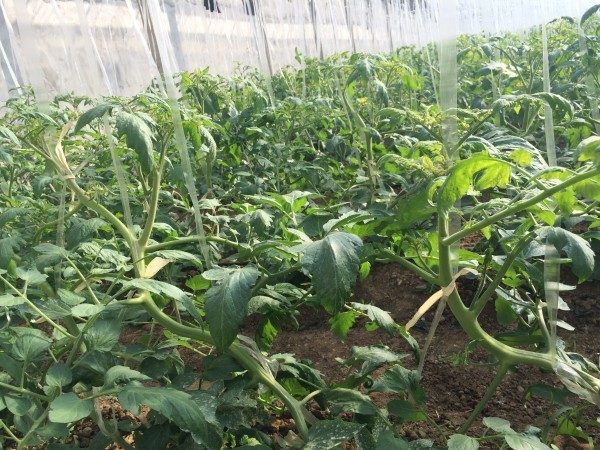
Tomato cultivation in this case was not in ridges but in a conventional way with a standard planting frame, about 30 cm apart between bushes. Being such a large greenhouse, they did not remove the suckers, something that surprised me, I suppose that they would not have many staff at that time in Tianze farm or they would be in other tasks. But what caught my attention the most was his way of tutoring them., leaving the plants in a rotated S shape. For this task, they used pieces of plastic hanging from the roof of the greenhouse that they tied to the tomatoes at two different points. In turn, each tomato plant was joined to the next by the excess plastic from the second knot, a very professional tutoring compared to the use of reeds or other structures inserted into the ground, space is gained and the roots are not damaged when driving them into the ground.
Greenhouse 3. Cucumbers
In China, some cucumbers are consumed different from our smaller ones and as with protuberances that give them grainy appearance. In this case, it seems that they were growing traditional cucumbers like the ones we know, but they were trained from a very young age with the same system as tomatoes, plastic strips from the ceiling, to achieve this very particular effect.
With this trellis system, collecting cucumbers is much easier, you can have more plants in less space and you can better identify pests and diseases that can affect the plant by having more localized leaves.
Greenhouse 4. Cabbages
This bed was full of cabbages and cauliflowers, I started looking among its leaves for cabbage butterfly symptoms and nothing, so it seems that their ecological methods of pest and disease prevention work.
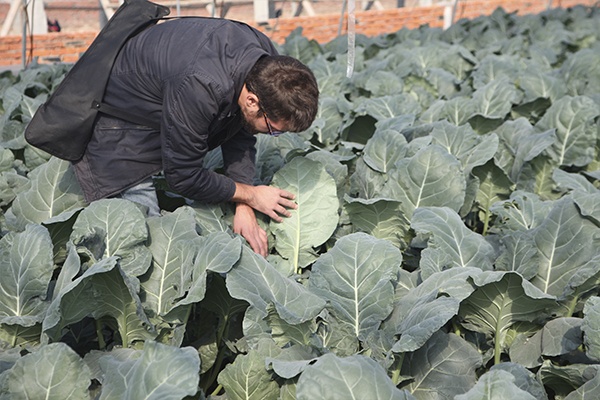
The chicken coop of Tianzan farm:
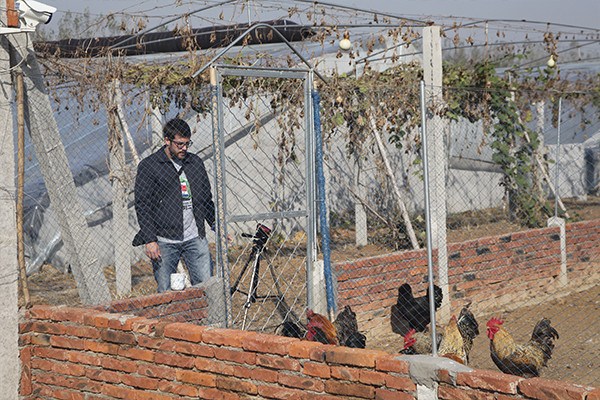
Apart from entering the greenhouses of Tianzan farm to harvest your own vegetables, one of the star attractions of this pick up farm is its organic chickens. These hens feed mainly on the remains of pruning crops in greenhouses and corn, it shows that they are well cared for and have enough space because their plumage was very bright. Visitors can also purchase an organic chicken for the modest price of RMB 300, about €40.
I liked this farm model, people can visit an organic farm, have a good time and do the shopping. All the best !

![Photo of Hostas: [Care, Planting, Irrigation, Substrate and Possible Problems]](https://www.complete-gardening.com/wp-content/uploads/2022/08/hostas-care-planting-irrigation-substrate-and-possible-problems-390x220.jpg)
![Photo of The Largest Tree in the World: [Height, Location and Characteristics]](https://www.complete-gardening.com/wp-content/uploads/2022/08/the-largest-tree-in-the-world-height-location-and-characteristics-390x220.jpg)
